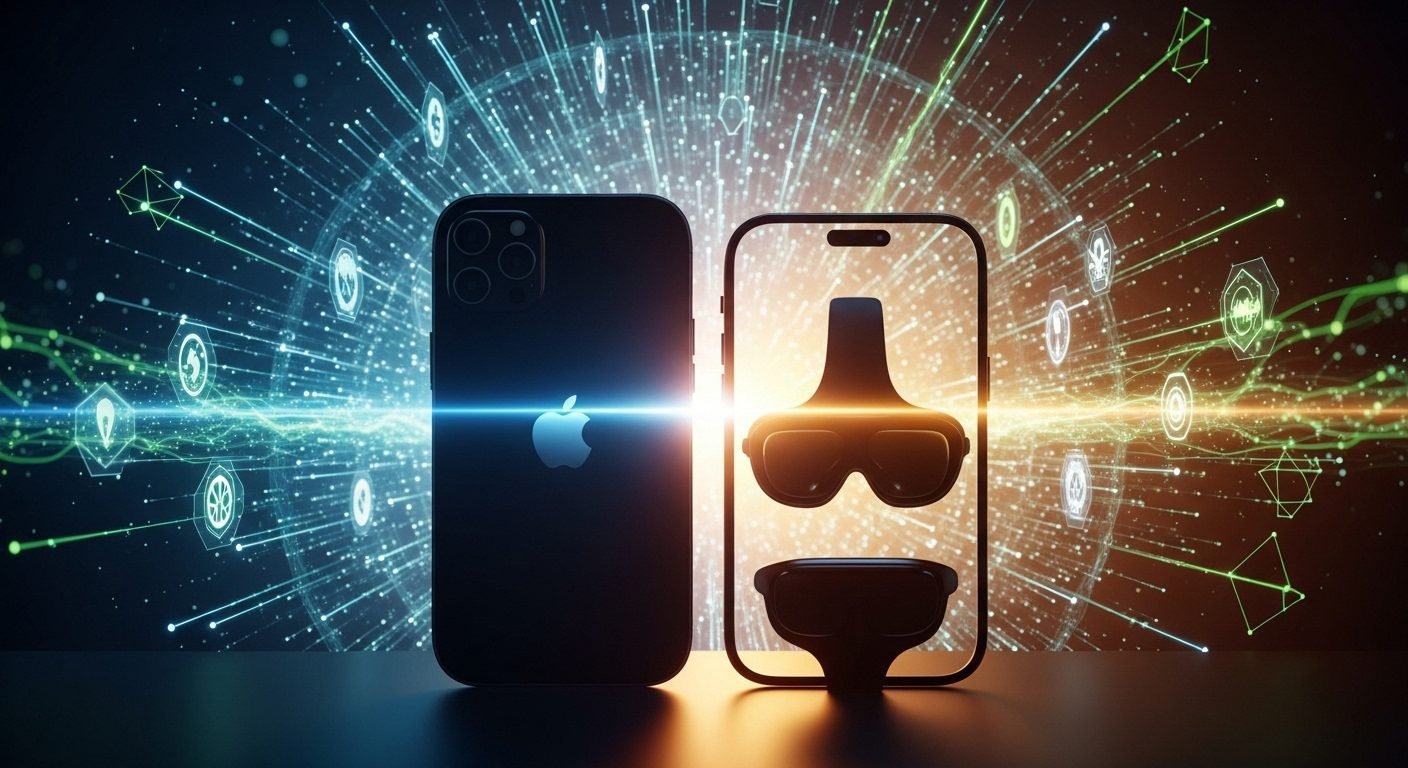What if the most dazzling innovations unveiled by Apple on its “Awe-Dropping” stage harbor unforeseen regulatory challenges, strategic risks, and a subtle tightening of corporate control? Apple’s September 9, 2025, event, featuring the iPhone 17 lineup and refreshed wearables, certainly presented an impressive array of hardware. Yet, beyond the 3,000-nit displays and 8x optical zoom, a deeper analysis reveals a complex interplay between technological ambition, global policy navigation, and the company’s strategic fortification of its formidable ecosystem.
The event, spearheaded by figures such as Apple’s vice president of Worldwide iPhone Product Marketing, Kaiann Drance, and vice president of Apple Watch Hardware Engineering, Eugene Kim, was a masterclass in product unveiling. However, for the discerning observer, it underscored significant, ongoing market and geopolitical shifts. Apple continues to absorb over $1 billion in U.S. tariff costs, strategically holding iPhone prices flat while proactively diversifying its supply chain, increasing production in India and Vietnam. This isn’t merely a cost-saving measure; it’s a calculated geopolitical maneuver to de-risk its global operations, signaling how deeply entangled technology manufacturing has become with international relations and trade policy.
Delving into the specifics, Apple’s advancements in health and wellness represent a critical long-term play, yet one fraught with regulatory complexities. The Apple Watch Series 11, now offering blood pressure monitoring, and the Ultra 3’s enhanced health features, are significant leaps. However, the explicit “hypertension alerts pending FDA clearance” caveat for both models is a stark indicator of the stringent regulatory environment governing medical-grade health data. This isn’t a mere technical formality but a demanding policy tightrope walk. The promising implications for proactive health management also raise intricate questions around data privacy, interoperability, and the profound responsibility tech companies assume as custodians of sensitive health information.
Similarly, the AirPods Pro 3’s new Live Translation capabilities, initially “blocked for EU users due to regulations,” highlights the growing fragmentation of global digital sovereignty. This regional restriction demonstrates how divergent regulatory frameworks, particularly the EU’s robust data protection laws, can directly dictate feature availability and user experience. It underscores that even as Apple strives for a universally integrated ecosystem, it must increasingly navigate a patchwork of national and supranational digital policies that impede seamless global deployment.
The iPhone 17 Air, lauded as the “thinnest iPhone ever at 5.6mm,” is an engineering marvel. This relentless pursuit of miniaturization, while aesthetically compelling, often introduces unseen complexities. While Apple emphasizes improved heat dissipation and reduced weight with the new aluminum unibody for Pro models, the iPhone 17 Air’s ultra-thin profile prompts concerns about long-term durability and, critically, potential battery degradation over time—a concern already voiced by some analysts. From a security perspective, such extreme engineering pushes the boundaries of component integration, potentially creating new vectors for physical vulnerabilities or thermal management challenges that could impact performance stability in demanding scenarios.
Furthermore, the iPhone 17 Air’s eSIM-only design, driven by Apple’s first custom modem and wireless chips (including the C1 wireless chip for Wi-Fi 7 and Bluetooth 6), undeniably pushes the agenda for “digital connectivity.” Yet, this move also tightens Apple’s grip on a device’s fundamental network access. For policy experts, this represents a subtle but significant shift in control, potentially impacting competition among carriers and raising questions about device locking mechanisms and user autonomy in choosing service providers. Apple’s continuous strengthening of its ecosystem, positioning AirPods as “ecosystem glue” and expanding interoperability, increasingly embeds users within a singular, highly controlled digital environment. This centralization, while convenient, demands meticulous oversight regarding data handling, potential monopolistic practices, and the resilience of a closed system against evolving cybersecurity threats.
While the event showcased Apple’s “return to hardware boldness,” it also exposed underlying vulnerabilities and strategic pivots. Analysts noted a stock decline of 1.5% on launch day and an additional 3.23% the following day, wiping over $112 billion from Apple’s market value, partly due to investor disappointment over what was perceived as “modest enhancements” in AI compared to competitors. This immediate market reaction, coupled with long-term strategic challenges, paints a nuanced picture of Apple’s future trajectory.
| Term | Risk | Potential Impact |
|---|---|---|
| Short | Risk Name: Investor Reaction & Margin Pressure. | Share price volatility following “evolutionary, not revolutionary” launches and absorbed tariff costs. |
| Medium | Risk Name: Regulatory Fragmentation & Feature Disparity. | Uneven global feature rollout (e.g., EU blocking Live Translation), increased compliance costs, and potential market access limitations. |
| Long | Risk Name: Ecosystem Centralization & Durability. | Potential for antitrust challenges, reduced user autonomy (e.g., eSIM-only), and long-term device durability concerns (e.g., iPhone Air battery). |
For investors, the immediate negative stock reaction underscores a demanding market expecting groundbreaking innovation, particularly in AI. While Apple’s long-term investment appeal remains anchored in its strong brand loyalty and growing services revenue, future confidence will heavily depend on its ability to deliver compelling AI breakthroughs and deftly navigate ongoing margin pressures and global supply chain challenges. The reception of devices like the iPhone Air, particularly in key growth markets like China and India, will be a critical indicator of Apple’s success in redefining its premium offerings and expanding its global footprint. As Apple continues to innovate, the real challenge will be to balance technological prowess with the intricate demands of a globally fragmented, policy-driven digital landscape. For official announcements, the Apple Newsroom remains the primary source.











